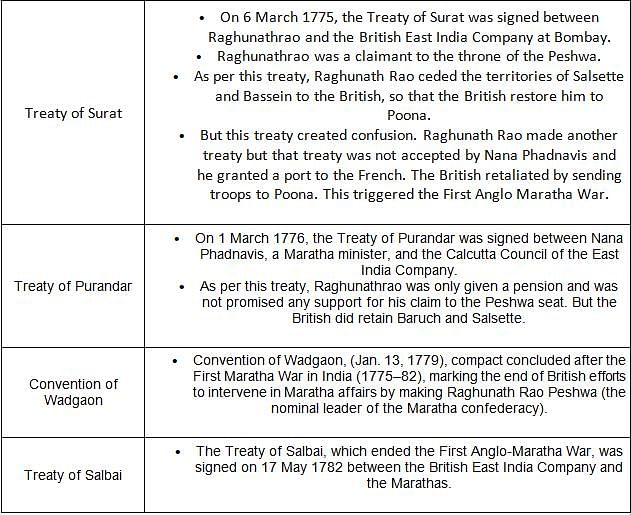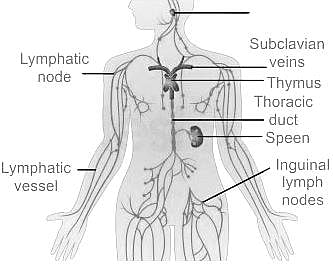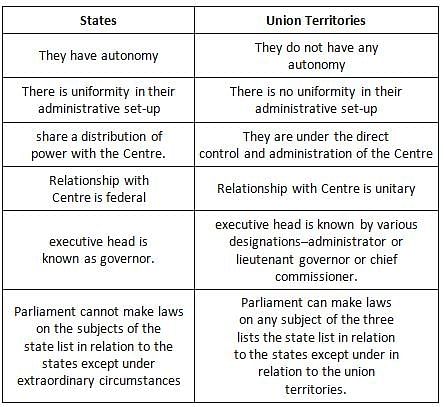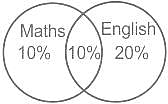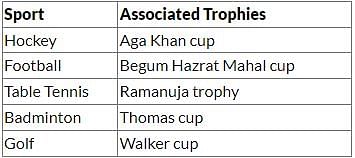BPSC Prelims Mock Test - 9 - BPSC (Bihar) MCQ
30 Questions MCQ Test - BPSC Prelims Mock Test - 9
Chronologically arrange the following treaties/conventions signed between the Marathas and the British (starting with the earliest) :
- Treaty of Salbai
- Treaty of Purandar
- Convention of Wadgaon
- Treaty of Surat
Select the correct answer using the code given below :
Which of the following newspapers were started by Mahatma Gandhi?
- Young India
- New India
- Indian Opinion
| 1 Crore+ students have signed up on EduRev. Have you? Download the App |
Who functions as Secretary to the District Planning Committee?
Modified Mixed Reference Period or MMRP method, to calculate poverty was used by which of the following committees/agencies?
Lymphoid organs play a crucial role in immunity. Which among the following is a primary lymphoid organ?
Which is the only event to prove that light is a transverse wave?
A. Scattering of light
B. Interference
C. Diffraction
D. Polarisation
If A, B, and C together can complete a piece of work in 20 days and A alone in 24 days, then in how many days can B & C together complete the work?
Which ministry has set up Energy Transition Advisory Committee (ETAC) to Prepare Energy Transition Roadmap for India?
What is the number of members in Bihar Legislative Council?
Dagmara Hydro-Electric Project of Bihar is located on which of the following river?
Who was the convener of boycott of Simon Commission in Bihar?
Consider the following statements regarding Rashtrakutas
- The Rashtrakutas were of Kannada origin and Kannada language was their mother tongue.
- Amoghavarsha I built the magnificent rock-cut monolithic Kailasa temple at Ellora.
Which of the statements given above is/are correct?
Consider the following statements:
- Narayan Malhar Joshi was the first general secretary of the All India Trade Union Congress (AITUC).
- Jawahar Lal Nehru was the President of the AITUC in 1928.
- AITUC in its first session adopted a resolution of Swaraj.
Which of the statements given above is/are correct?
Consider the followings:
- Pressure gradient force
- Coriolis force
- Friction force generated by surface
Which of the following geographical factors and processes control the flow and direction of the wind in India?
Consider the following difference between Union Territories with the States:
- They do not have any autonomy.
- In normal times Parliament can make laws on any subject of the three lists.
- Unitary relationship with the Centre.
Which of the above are correct?
Read the statements below:
- All protozoans are unicellular
- All bacteria are unicellular
- All fungi are unicellular
Which of the above statement(s) is/are correct?
When a body falls freely towards the earth, then its total energy:
Which fuel has the highest calorific value from among the following.
In an exam, 70% of the candidates passed in English, 80% passed in maths, 10% failed in both the subjects. If 144 candidates passed in both, the total number of candidates were ?
Which company established its factory in 1632 at Patna, Bihar?


